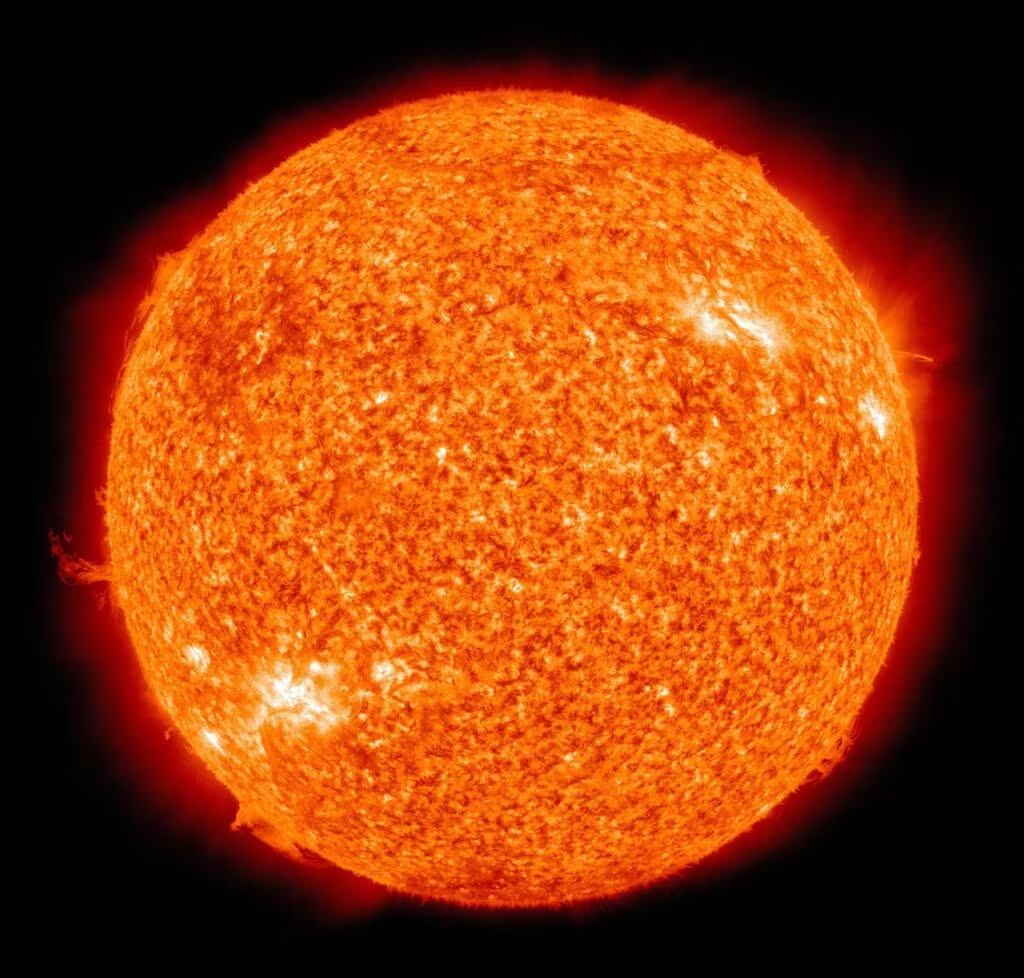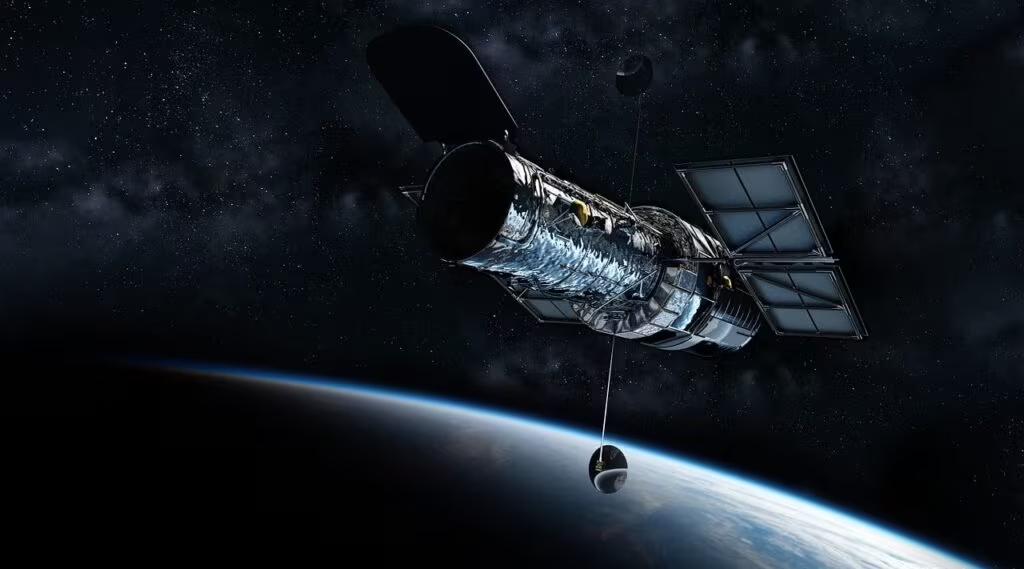Unprecedented Activity: 3I/ATLAS Exhibits Complex Jet Structure
The third confirmed interstellar object, designated 3I/ATLAS, has provided astronomers with a compelling new mystery. Following its closest approach to the Sun (perihelion), the object was observed to be emitting a highly complex jet structure, suggesting non-uniform and vigorous outgassing activity.
This crucial observation, detailed by renowned astrophysicist Avi Loeb, stems from high-resolution imaging captured by experienced observers M. Jäger and G. Rhemann on November 8, 2025, at 4.10 UT. The findings offer essential clues regarding the volatile composition and physical processes governing objects originating outside our solar system.
For the scientific community, the complexity of these jets moves 3I/ATLAS beyond the behavior of typical solar system comets, demanding a deeper analysis of its internal structure and origin.
The Anatomy of the Observation
The observations conducted by Jäger and Rhemann utilized stacked RGB images, providing exceptional detail of the object’s coma—the cloud of gas and dust surrounding the nucleus. The analysis of these images confirmed the presence of multiple, distinct jets emanating from the nucleus of 3I/ATLAS.
Crucially, the observers noted the orientation of the jets relative to the Sun. The sunward direction (the direction opposite to the arrow shown in the top panel of the original observation images) was pointing towards the bottom left corner. This directional context is vital for understanding the physics driving the jets, as it helps determine whether the activity is driven by direct solar heating or by internal processes.
Why Complex Jets Matter
In standard cometary physics, jets are formed when volatile materials (like water ice, carbon monoxide, or carbon dioxide) sublimate, or turn directly from solid to gas, due to solar heating. This process creates thrust, often resulting in a visible tail and a simple, focused jet stream.
However, a complex jet structure indicates several possibilities, each with profound implications for the nature of 3I/ATLAS:
- Non-Uniform Composition: The nucleus might not be homogenous. Different regions could contain distinct pockets of volatile ices that sublimate at varying rates or temperatures.
- Irregular Rotation: If the object is rotating rapidly or tumbling, the jets could be directed away from the nucleus in complex patterns as different active regions face the Sun.
- Subsurface Fractures: The complex structure might be evidence of internal stress or fractures, allowing volatiles to escape through multiple, narrow vents rather than a single broad area.

3I/ATLAS in the Interstellar Lineup
3I/ATLAS is only the third confirmed interstellar object detected passing through our solar system, following the highly publicized ‘Oumuamua (1I/’Oumuamua) and 2I/Borisov. These objects are invaluable to planetary science because they provide direct samples of material from other star systems, offering a unique window into exoplanetary formation processes.
Comparing Interstellar Visitors
| Object | Discovery Year | Classification | Key Feature | Post-Perihelion Activity |
|---|---|---|---|---|
| 1I/’Oumuamua | 2017 | Asteroid/Hybrid | Non-gravitational acceleration | Minimal visible outgassing |
| 2I/Borisov | 2019 | Comet | Clear cometary activity (tail) | Standard cometary outgassing |
| 3I/ATLAS | 2020 (Initial) | Comet/Hybrid | Complex, multi-directional jets | Highly complex and vigorous |
While 2I/Borisov clearly behaved as a comet, 3I/ATLAS’s complex jet structure suggests a more dynamic and perhaps chaotic interior than typical Kuiper Belt objects. This complexity is particularly interesting when contrasted with ‘Oumuamua, which exhibited non-gravitational acceleration without any visible outgassing or coma, leading to speculation about its shape and propulsion mechanism.
Avi Loeb’s Perspective
Dr. Avi Loeb, a leading voice in the study of interstellar objects, has emphasized that the complexity observed in 3I/ATLAS provides a crucial opportunity to refine our models of how volatile materials are distributed within objects formed in other stellar nurseries. The non-uniformity of the jets suggests that the object’s interior is not simply a monolithic block of ice and rock, but rather a structure with localized pockets of activity.
Loeb’s analysis often centers on the implications of these observations for the prevalence of life-bearing materials or even artificial structures in interstellar space. While the jets of 3I/ATLAS appear to be purely natural phenomena, the detailed study of their dynamics helps establish a baseline for what constitutes ‘normal’ interstellar cometary behavior.

Implications for Planetary Science
The detailed imaging of the complex jet structure is more than just a curiosity; it offers tangible data points for understanding the thermal history and internal structure of 3I/ATLAS. The fact that the jets persisted and were complex after perihelion suggests that the volatile materials were not merely surface deposits, but were deep enough within the nucleus to continue sublimating as the object moved away from the Sun.
Key Scientific Takeaways from the Complex Jets:
- Rotation Rate Determination: The pattern of the jets can be used to model the object’s rotation rate and axis orientation, which is essential for predicting future activity.
- Volatile Mapping: Scientists can attempt to map the distribution of different ices (e.g., H₂O, CO, CO₂) within the nucleus by analyzing the spectral signatures of the jet material.
- Interstellar Environment Clues: The composition of 3I/ATLAS reflects the environment of its birth star system, providing comparative data against the materials found in our own solar system’s comets and asteroids.
This detailed observation underscores the critical role that both professional and amateur astronomers play in tracking and characterizing these fast-moving, transient interstellar visitors. The short window of opportunity following perihelion is often the only time such objects exhibit vigorous activity, making timely, high-quality observations paramount.
Conclusion: A Window into Another Star System
The observation of a complex jet structure emanating from 3I/ATLAS on November 8, 2025, confirms that this interstellar object is a dynamically active body. The non-uniform outgassing observed by M. Jäger and G. Rhemann provides concrete evidence that the object’s nucleus possesses a heterogeneous composition or a highly irregular rotation pattern.
This finding contributes significantly to our growing understanding of interstellar objects, helping scientists differentiate between the common processes of cometary activity and the unique characteristics of materials originating from outside our solar neighborhood. As 3I/ATLAS continues its journey out of the solar system, further analysis of the trajectory and jet dynamics will be essential to fully decode the secrets held within this visitor from a distant star.

What’s Next
Astronomers are now focused on refining orbital models and conducting spectroscopic analysis of the jet material to determine its chemical makeup. This data will be compared against known solar system comets to pinpoint specific differences that might reveal the unique conditions of 3I/ATLAS’s birth star system. The high-resolution images captured around November 2025 will serve as the primary dataset for these ongoing investigations into the object’s physical characteristics.
Original author: Avi Loeb
Originally published: November 8, 2025
Editorial note: Our team reviewed and enhanced this coverage with AI-assisted tools and human editing to add helpful context while preserving verified facts and quotations from the original source.
We encourage you to consult the publisher above for the complete report and to reach out if you spot inaccuracies or compliance concerns.

